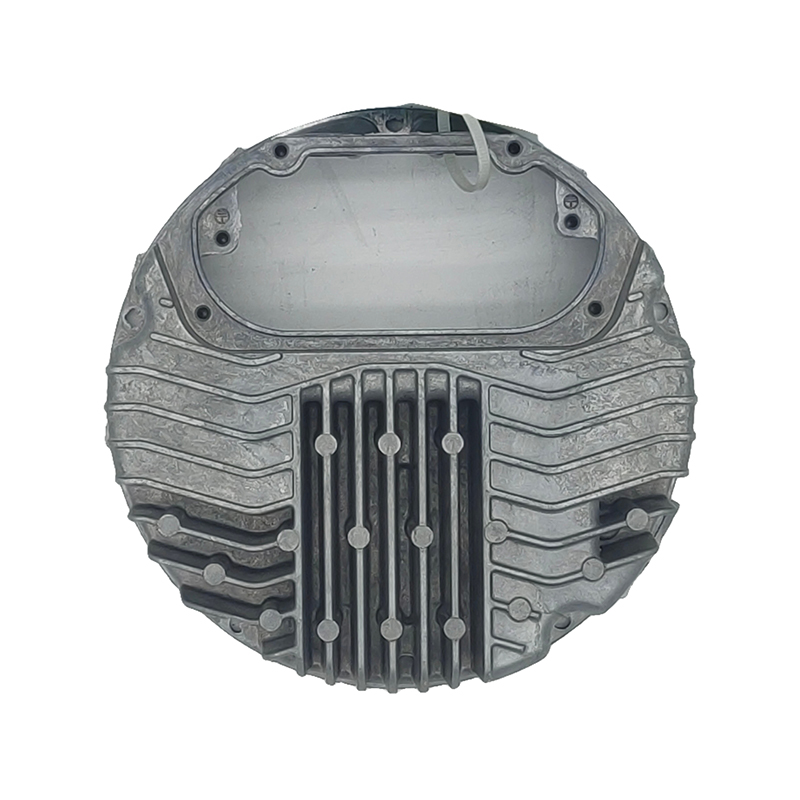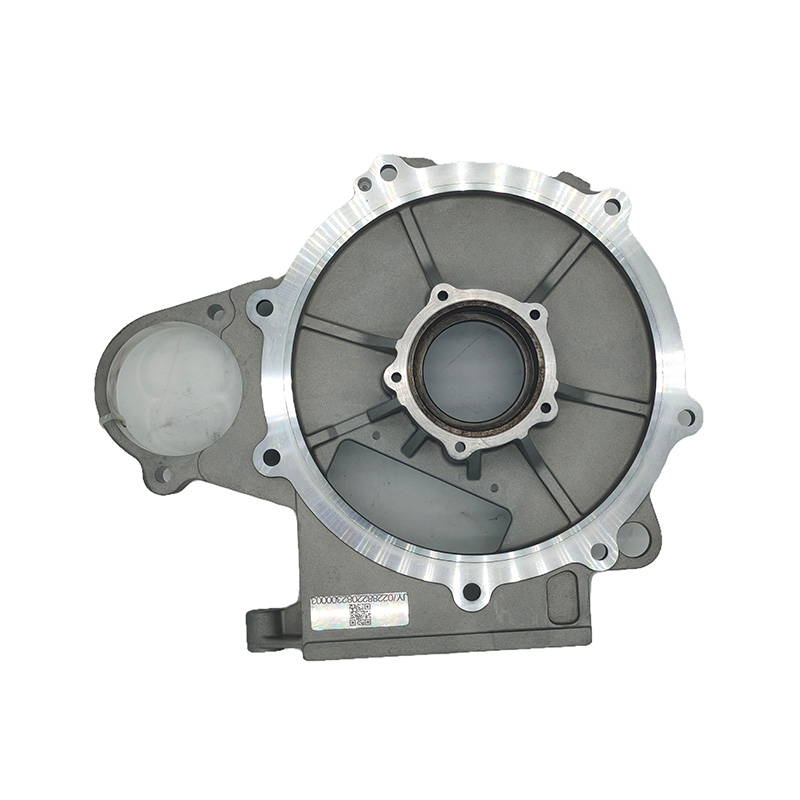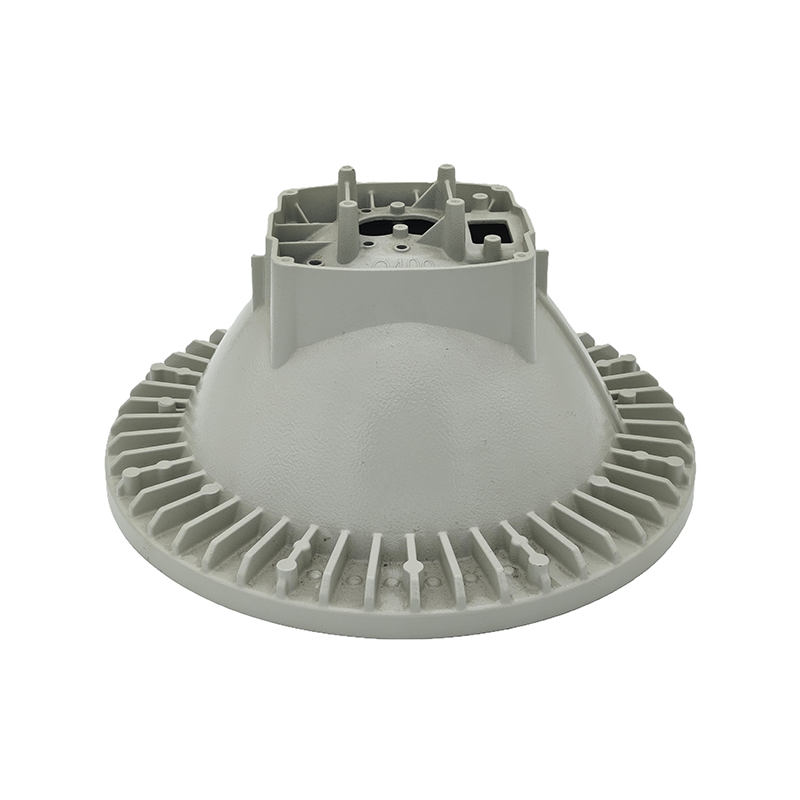Die casting is one of the most widely used metal manufacturing processes, providing high precision, complex shapes, and efficiency. However, raw die-cast components often face challenges such as corrosion, wear, surface defects, and reduced longevity. Implementing proper die casting surface treatment is essential to significantly improve the durability and performance of these parts.
1. Corrosion Resistance
One of the main factors affecting die-cast parts is corrosion. Metals like aluminum, zinc, and magnesium alloys are prone to oxidation when exposed to moisture, chemicals, or harsh environments. Over time, corrosion can weaken the part, compromise structural integrity, and lead to premature failure.
Common Corrosion Prevention Methods
The most widely used die casting surface treatments for corrosion resistance include:
- Anodizing: Forms a thick oxide layer on aluminum parts, providing excellent corrosion and wear resistance.
- Electroplating: Deposits a layer of metal (e.g., nickel, chrome) to protect against oxidation and chemical attack.
- Powder Coating: A polymer-based coating that provides both corrosion resistance and aesthetic appeal.
Benefits of Corrosion Resistance
By preventing oxidation and chemical damage, die-cast parts can:
- Maintain mechanical strength over time.
- Reduce maintenance frequency.
- Extend service life in demanding environments.
2. Wear Resistance
Die-cast components used in engines, machinery, or electronic devices often experience friction, abrasion, or repetitive stress. Surface treatment can significantly improve wear resistance by increasing hardness and reducing material loss.
Wear-Resistant Treatments
- Nickel Plating: Enhances surface hardness and reduces friction.
- Physical Vapor Deposition (PVD): Forms ultra-hard coatings for high-wear applications.
- Heat Treatment: Strengthens the metal internally while improving surface toughness.
Advantages of Wear Resistance
With proper surface treatment, die-cast parts can:
- Maintain dimensional accuracy over long-term operation.
- Reduce the risk of mechanical failures.
- Increase reliability of moving components.
3. Surface Smoothness and Stress Reduction
Die-cast parts naturally have microscopic imperfections, including roughness, porosity, or small cracks. These imperfections can act as stress concentrators, leading to cracks or fractures under mechanical load. Surface treatments help reduce these risks.
Techniques for Improving Surface Quality
- Polishing: Removes surface irregularities, creating a smooth finish.
- Shot Blasting: Uses high-speed particles to clean and strengthen the surface.
- Electropolishing: Chemically removes micro-peaks, improving corrosion resistance and reducing stress points.
Impact on Durability
Smoother surfaces can:
- Reduce the likelihood of crack initiation.
- Enhance fatigue strength under cyclic loading.
- Improve overall mechanical stability of the component.
4. Thermal and Chemical Protection
Some die-cast parts are exposed to high temperatures or aggressive chemicals. Specialized surface treatments can enhance thermal stability and chemical resistance.
Common Treatments
- Ceramic Coating: Provides insulation and thermal resistance for high-temperature applications.
- Fluoropolymer Coating: Offers chemical resistance against acids, alkalis, and solvents.
Benefits
These treatments allow die-cast parts to:
- Operate reliably in harsh chemical or high-temperature environments.
- Maintain their structural integrity for longer periods.
- Reduce maintenance or replacement costs.
5. Aesthetic and Functional Benefits
Although appearance might seem secondary, it indirectly affects durability. Smooth, uniform, and coated surfaces prevent dirt accumulation, which can otherwise cause wear or corrosion over time.
Examples
- Powder-coated automotive parts resist both scratches and dirt buildup.
- Polished electronic housings prevent dust accumulation that may affect thermal performance.
Comparing Different Die Casting Surface Treatments
The following table summarizes the main types of die casting surface treatments and their benefits:
| Treatment Type | Main Purpose | Durability Benefit | Common Applications |
| Anodizing | Corrosion resistance | Prevents oxidation, improves wear resistance | Automotive, aerospace, electronics |
| Electroplating (Nickel/Chrome) | Corrosion and wear resistance | Increases hardness and surface protection | Mechanical parts, tools, automotive trim |
| Powder Coating | Corrosion and aesthetic enhancement | Protects against chemicals and scratches | Consumer electronics, automotive panels |
| PVD Coating | High wear resistance | Ultra-hard, reduces friction | Tools, machinery parts |
| Electropolishing | Surface smoothness and stress reduction | Improves fatigue strength and corrosion resistance | Medical devices, precision instruments |

 English
English Español
Español Deutsch
Deutsch русский
русский







